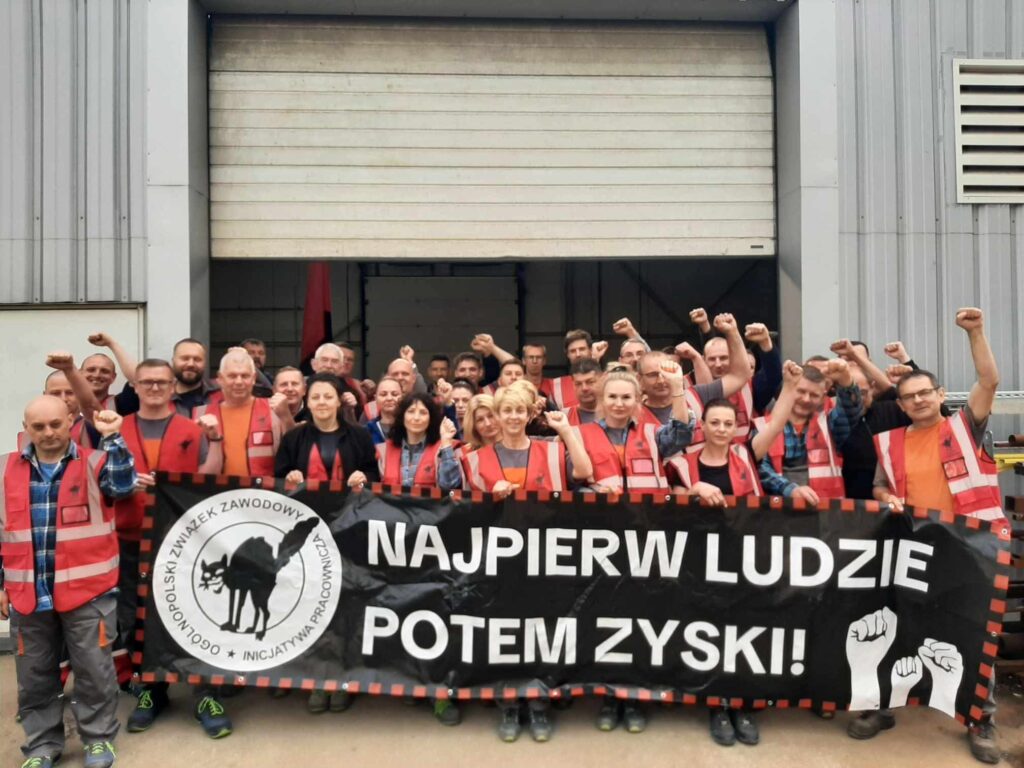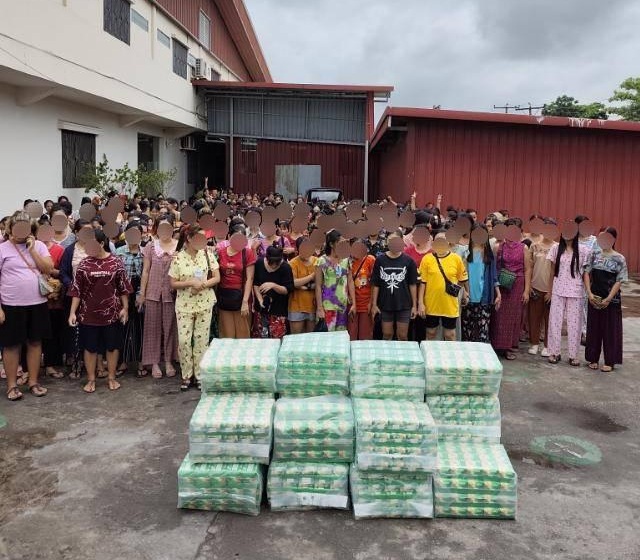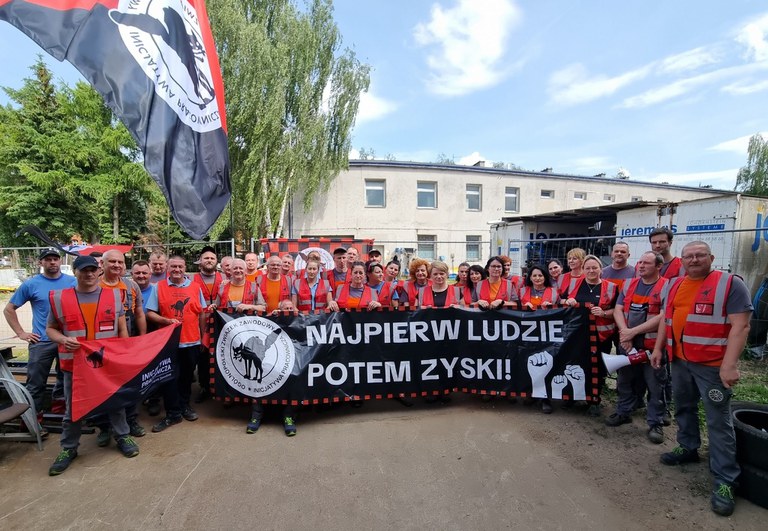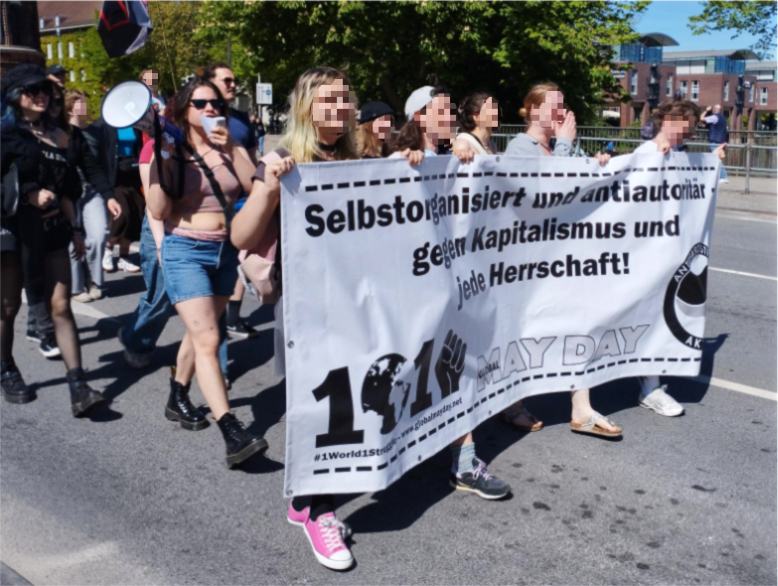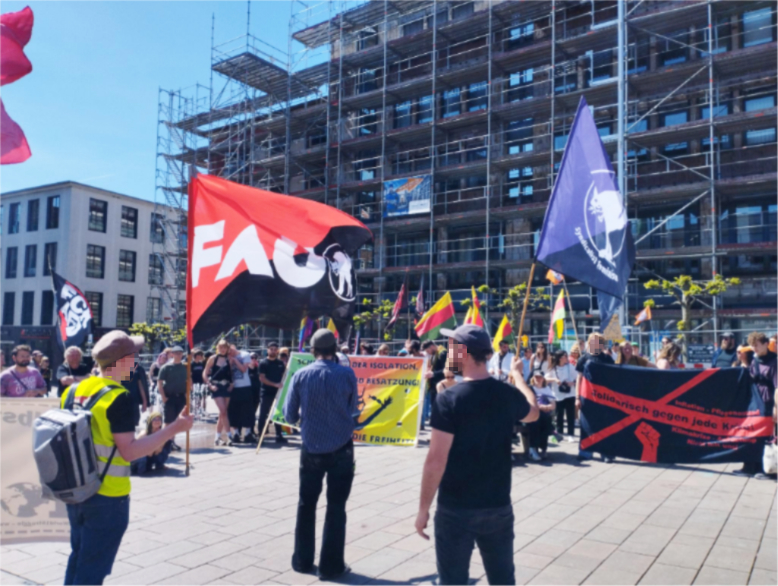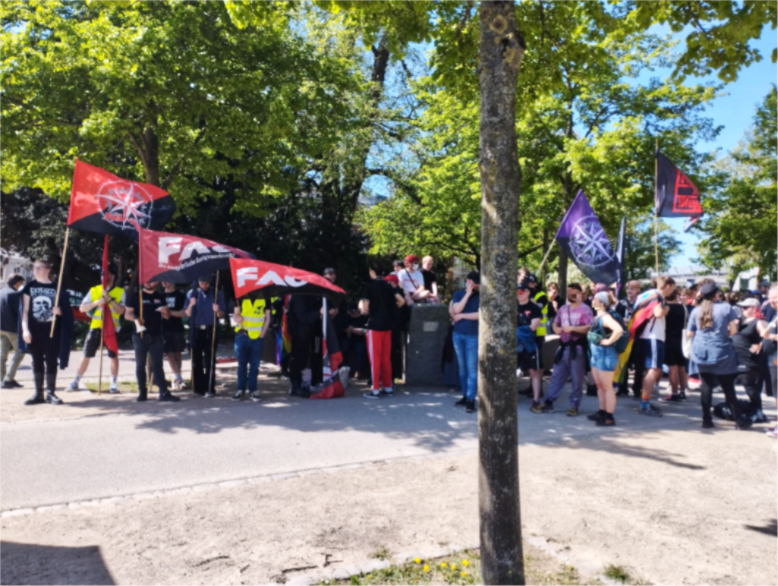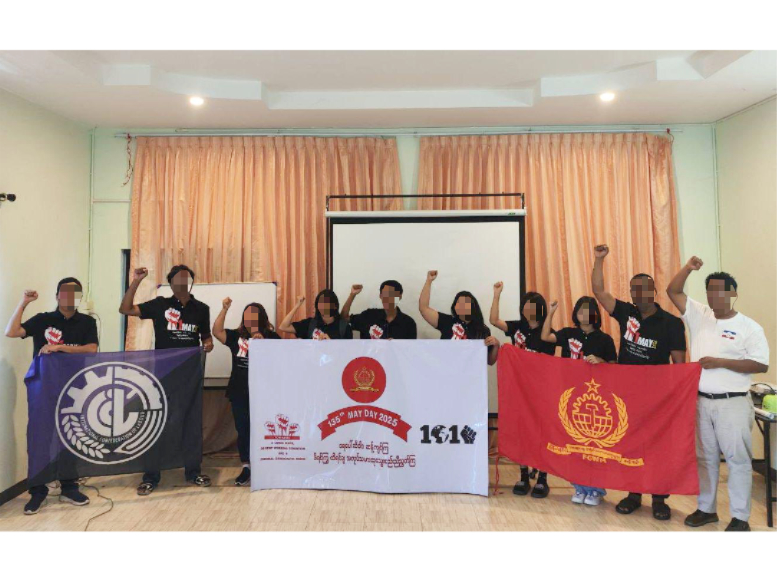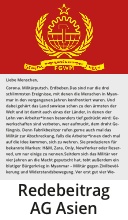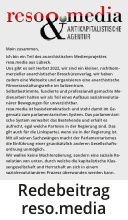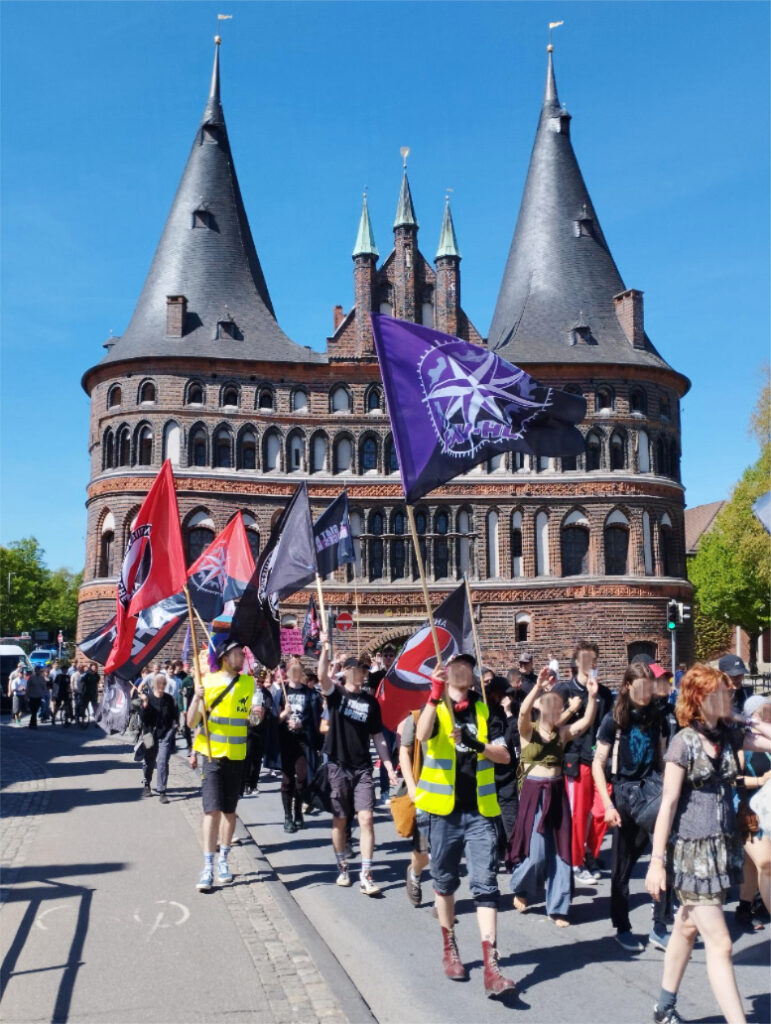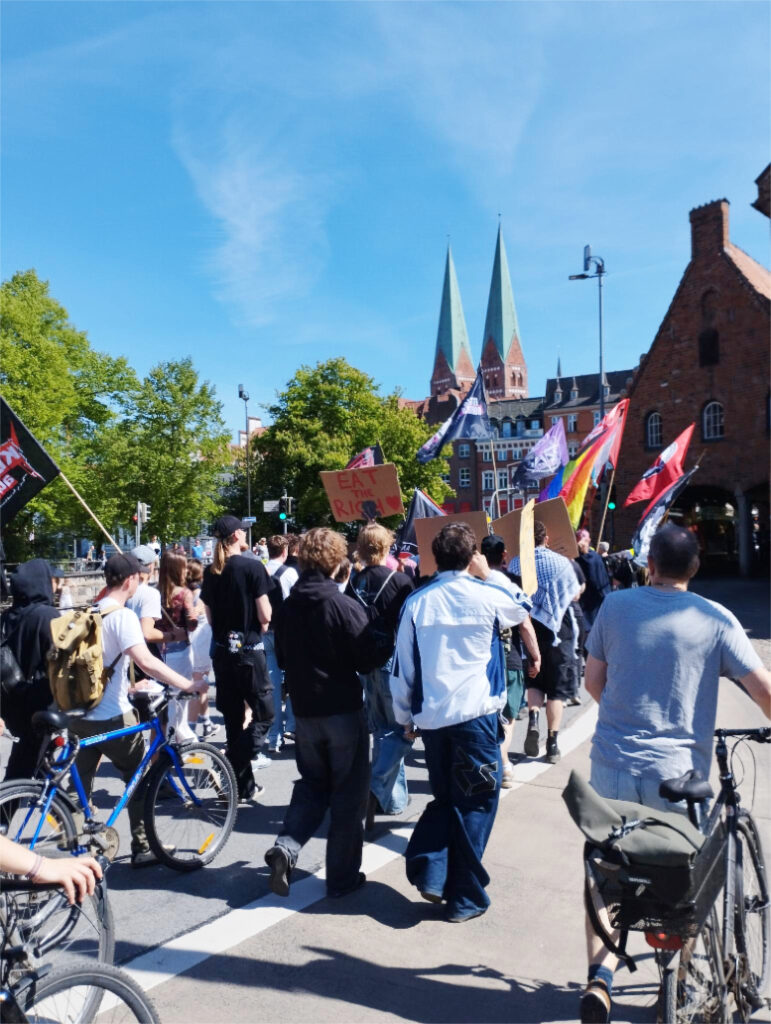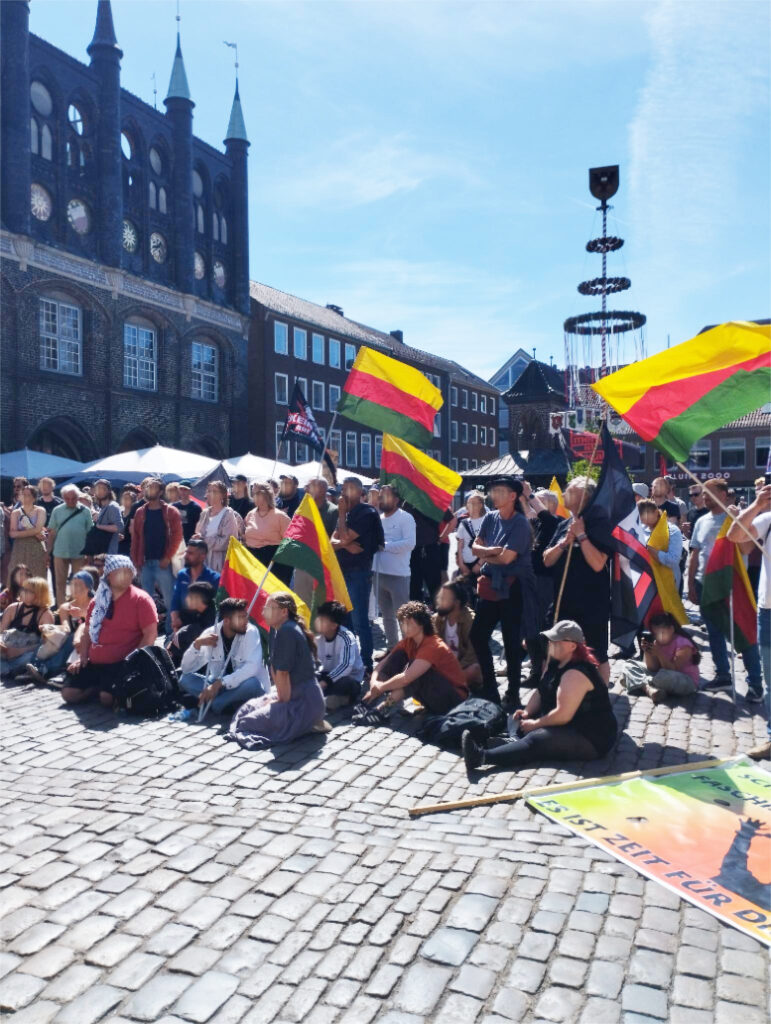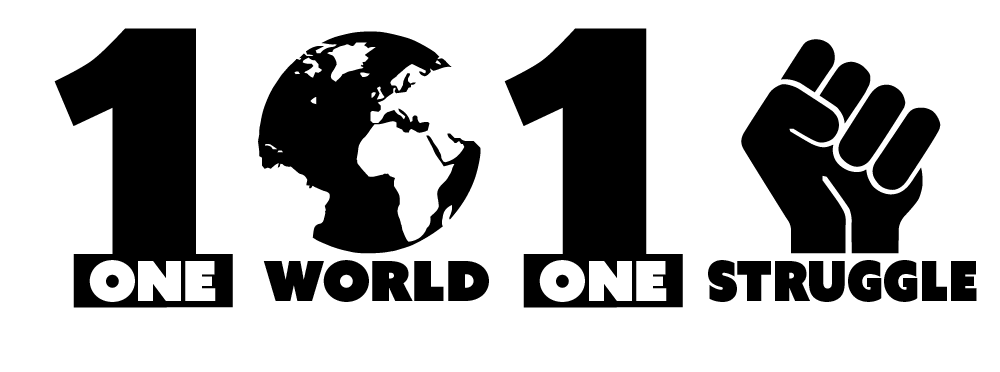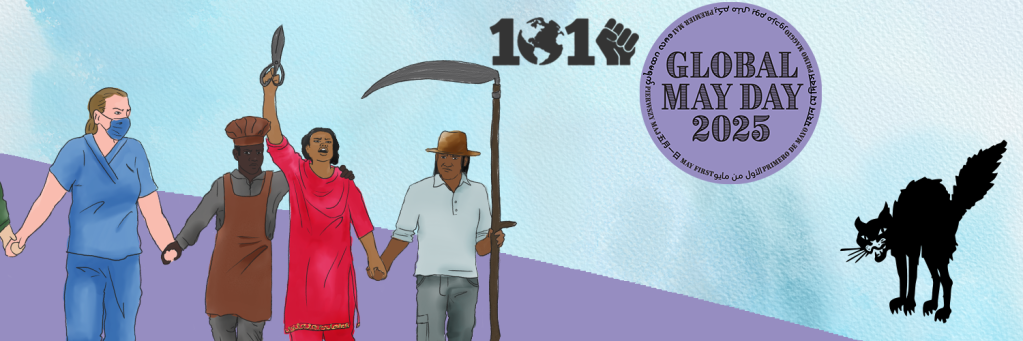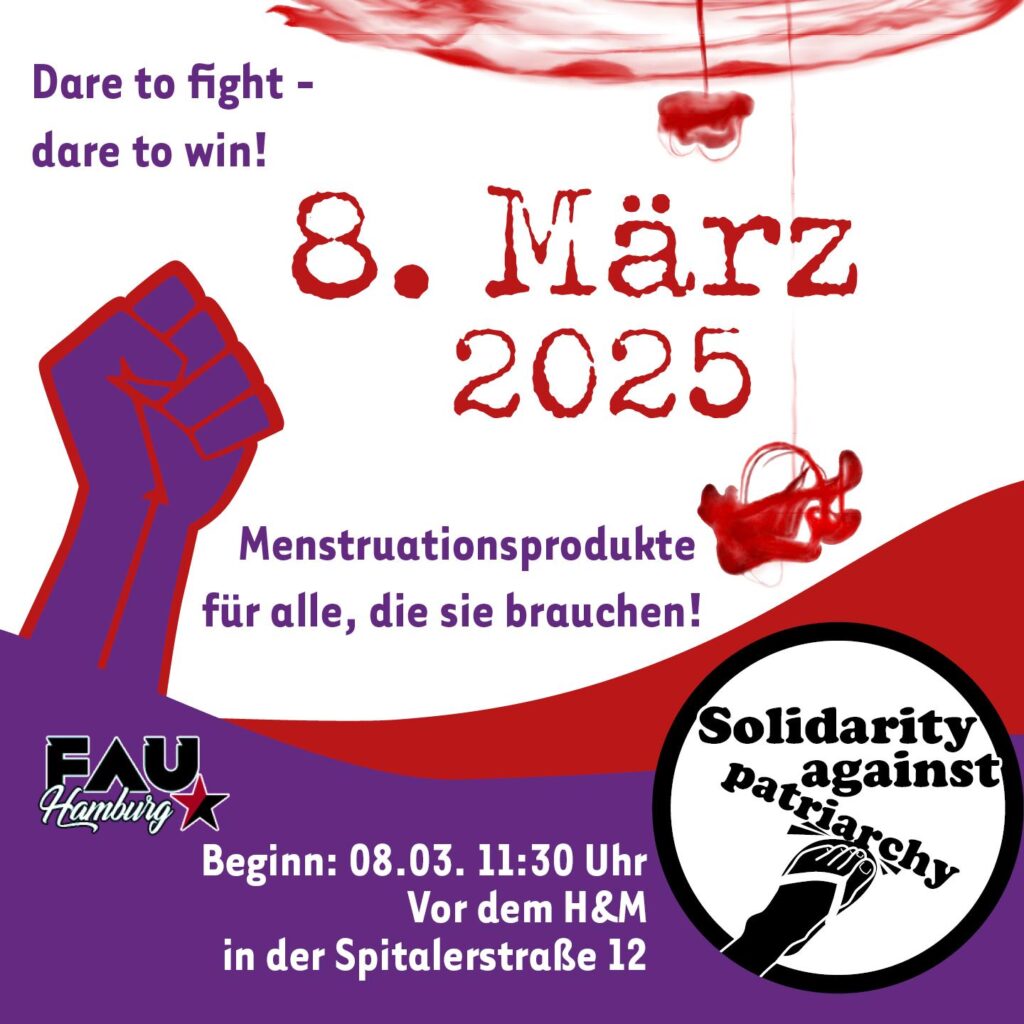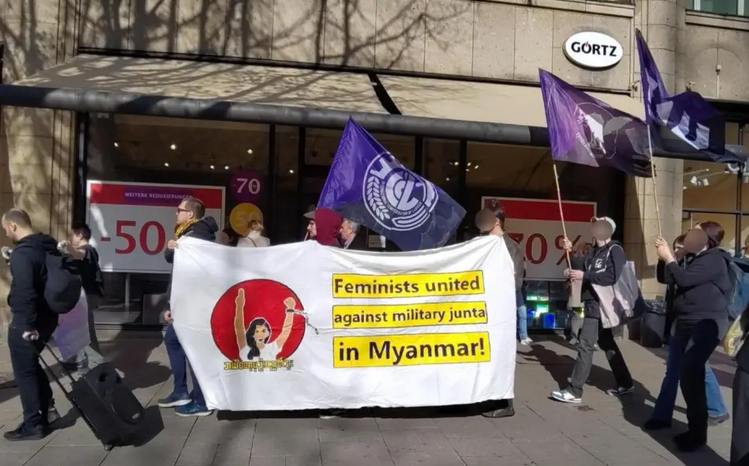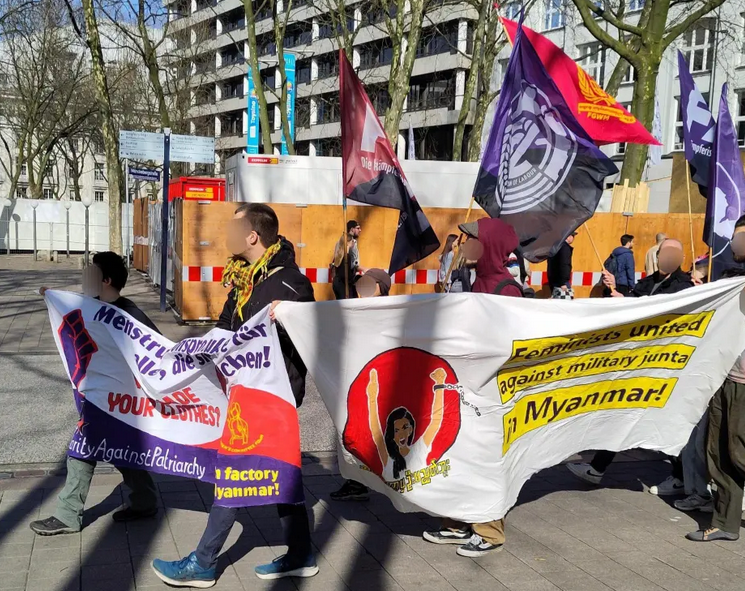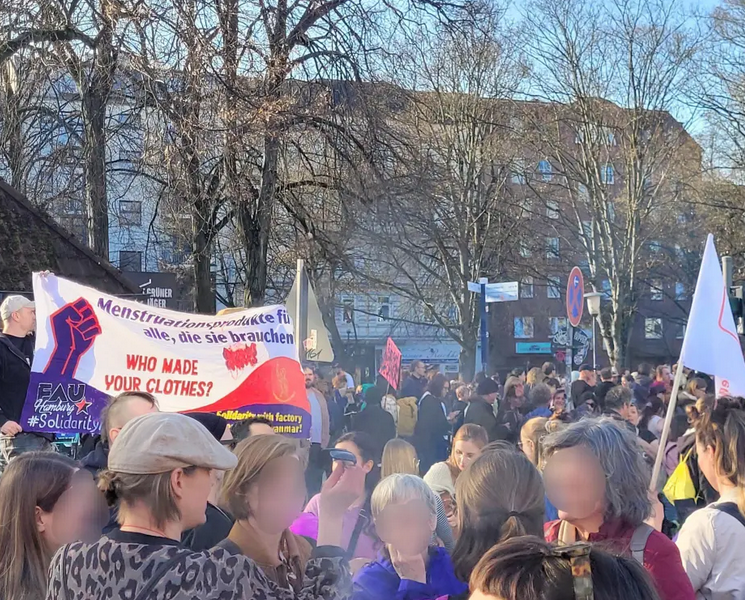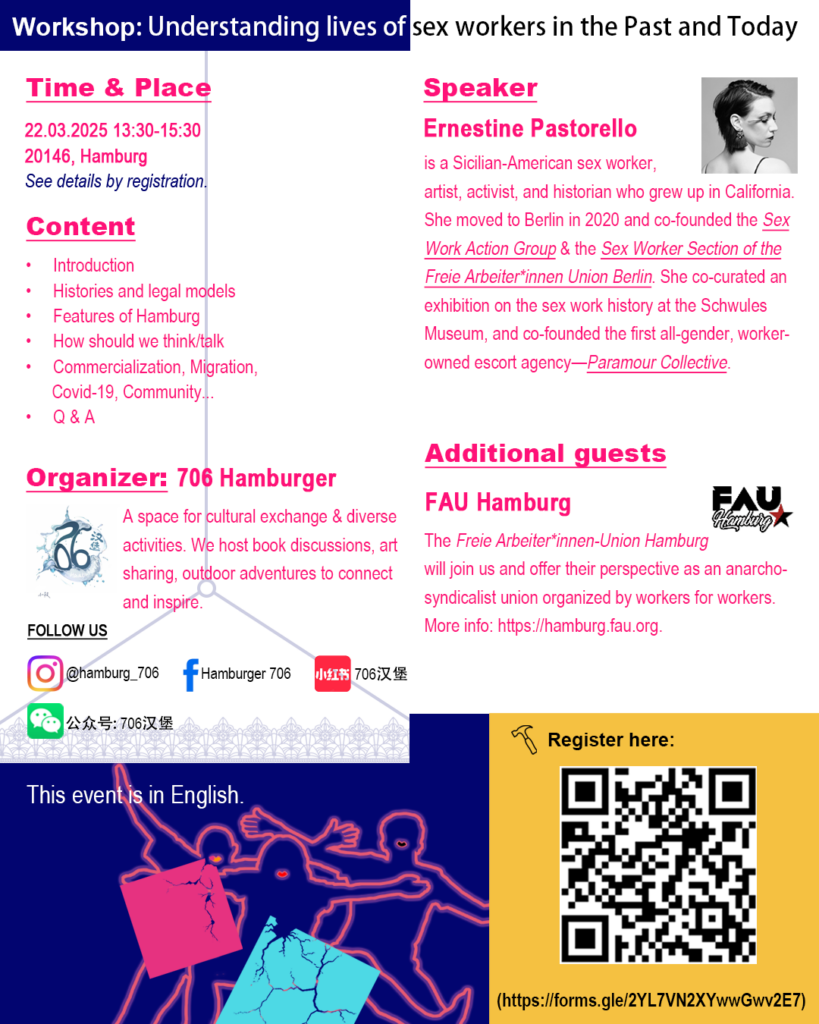"Fabiu is a sturdy guy with a raspy voice and a challenging look. He works as a mason and has been living in Germany for almost ten years. 'Slavery' is the first word that comes to mind when he’s asked about his work here. 'Shit' is the second.", (1, Paragraph 5)
"I have a question: Isn’t the course of these things being left unchecked because Germany needs workers who are paid little or not at all? And then I wonder if this isn’t a disguised and controlled form of slavery." Elvis Iancu, April 2015, Mall of Shame (2, p. 27)
Introduction
The proportion of helpers on construction sites has risen sharply in recent years. This is not happening because the work on construction sites has become much easier or more automated, and largely consists of helper tasks (3).1No, skilled workers are classified as helpers in order to reduce their wages. This practice is primarily used by subcontractors for migrant workers, who often have less knowledge of the German legal system and sometimes lack secure residency status. As a result, they are even more vulnerable to exploitation2 .
What are helpers?
The terms 'helpers' and 'construction helpers' describe workers who perform supportive and semi-skilled tasks on construction sites: 'Simple or assisting tasks' such as 'transport, demolition, excavation, and cleaning work,' in other words, simply put, digging, moving things from A to B (possibly with a wheelbarrow, but not with a crane), cleaning, tearing down walls." (4)
This is clearly different from so-called 'professionally oriented tasks,' 'specialist tasks,' and 'expert tasks.' In the collective bargaining agreement, this is reflected in the lowest wage group 1, which is currently (as of April 2025) paid at €15.27 per hour (total collective wage). It is important to note that the wage group is based on the tasks performed, not the qualifications (see below).
The proportion of helpers in building construction (Hochbau) has risen from 28% to 40% between 2013 and 2022, while in civil engineering (Tiefbau), it has increased from 16% to 22% (2, p. 4). At the same time, the proportion of foreign workers in building construction has increased even more significantly, from 16% to 36% (3, p. 7). This does not mean that German workers have been replaced by migrant helpers— the number of German workers in construction has remained largely constant—but many helpers have been added in subcontractors. The fact that the increase in helpers is largely driven by migrant workers is shown in the chart below (3, p. 11). This is also an indication that the construction industry uses migrant workers as a 'flexible buffer' to balance fluctuations in the volume of work.
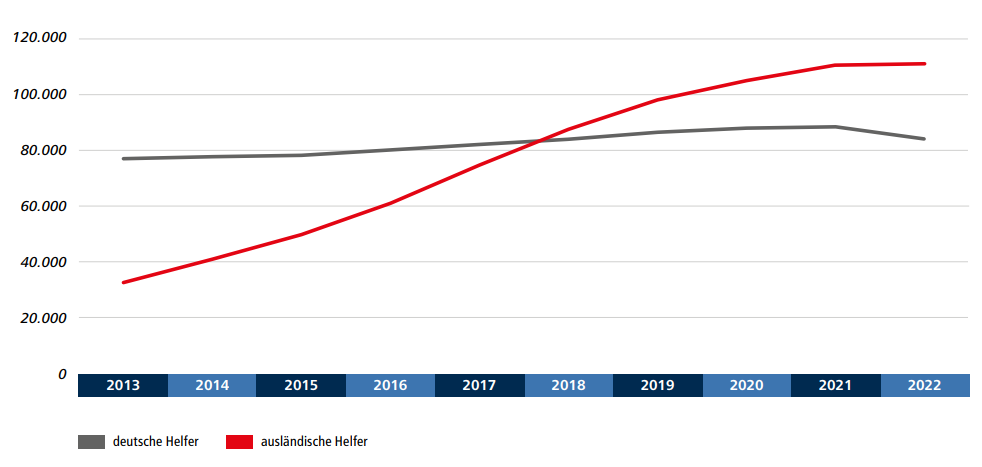
Among German workers, the proportion of helpers is around 30%. Among employees from the Western Balkans, Poland, Romania, and Bulgaria, it is significantly higher, with those from Romania and Bulgaria even exceeding 70%.3
Furthermore, so-called posted workers, whose companies are registered abroad, do not appear in the statistics. In 2023, the annual average number of such workers was a maximum of 39,000, with the total number of employment relationships for the year being around 83,000. (5, p. 7 & 9)
The Role of Subcontractor Chains
There has been a long-standing trend towards decentralization of construction services. While construction sites used to be managed by skilled workers at general contractors, tasks are increasingly being outsourced to subcontractors. Originally, general contractors used subcontractors to balance fluctuations in orders, but today, this has become the dominant strategy for cost and risk reduction:
It is no longer a cooperative outsourcing based on technical and organizational necessities, which has characterized the construction industry, but rather a purely cost-reduction-driven outsourcing of original core activities." (3, p. 12)
Companies are becoming more numerous and smaller ('decentralization of companies'), which means more companies are now involved on the same construction site. As a result, the number of legal relationships between companies increases. This gives rise to so-called subcontractor chains. On large construction sites, subcontractor chains with four, five, or six tiers are not uncommon. Part of the money that workers used to receive from general contractors now goes to the management and owners of the subcontractors. Another part remains with the general contractor to increase profits. This practice intensifies cost pressure on downstream companies.
The trend of decentralization also includes the pseudo-self-employment of individual workers, who are not subject to collective bargaining agreements and must take care of their own occupational safety.
The relationship between wage-dependent workers and companies
The employment relationships between workers and subcontractors are usually formally 'legal.' However, there is a shift from formal rules to personal ties and dependencies. This was also observed in the process of organizing Romanian workers in the FAU Berlin during the 'Mall of Shame' campaign between 2014 and 2019 (6 and FAU-Berlin).
Contracts between workers and subcontractors often exist only nominally or to create the appearance of legality in the face of inspections. Workers are often employed part-time by subcontractors but actually work full-time, including overtime. The contracts specify net wages, which means a fixed amount including all other usual allowances in the construction industry, such as hazard pay, bad weather allowances, holiday and night shift bonuses. However, these are often not paid in practice. Wage payments are usually made in cash. Reports from workers sometimes describe contracts specifying 20 hours per week while actually working 55 hours (3, p. 13).
Social and pension insurance contributions are paid based on the contractually agreed-upon wage, which is significantly lower than the wage that workers are actually entitled to based on the hours they have actually worked. As a result, pension entitlements, vacation days, vacation pay, and continued wage payments in case of illness or accidents are significantly lower than for full-time employees or are completely omitted.
In a survey of Romanian construction workers, only 28 out of 147 employment relationships met the industry minimum wage 2 (15.71€ in 2021), which was applicable to skilled workers until December 31, 2021. The others were paid at the rate for helpers – 74 of them with the lowest possible wage of 12.85€/hour in 2021 (3, p. 14). The abolition of the construction minimum wage in 2021 has further promoted wage dumping in the construction industry.
Another characteristic of the informal relationship between companies and workers is that companies provide accommodation for their skilled workers, for which they deduct additional money from their wages. This makes workers even more dependent on their companies, especially because it is particularly difficult for non-German individuals to find affordable rental housing in German cities.
The role of residency status and work permit
Roughly, three types of countries of origin for migrant workers can be distinguished. The largest group of migrant workers in the German construction sector generally comes from Poland, Romania, Croatia, and Bulgaria, i.e., from EU countries. A second, also large group, comes from countries that were important in the historical recruitment agreements starting in the 1950s, such as Turkey and the former Yugoslavia. A third growing category is non-EU countries, which have recently gained increasing significance, such as Albania.
Especially construction workers from these countries can be subjected to great precariousness: They often have difficulty orienting themselves independently in Germany at first, depend on job and accommodation agencies, which often operate through friends or acquaintances, and are potentially threatened with the loss of their residency status. Often, the responsible authority – the Financial Control of Illegal Work (FKS) – focuses on controlling the workers rather than the companies (7, p. 27). Migrant workers from third countries, therefore, potentially have to fear the discovery of their illegal residency status in addition to everything else.
These categorizations are difficult because the problems faced by individuals are very diverse. Some of them learn German quickly and thus move into responsible positions, while others work in isolation on smaller construction sites or only temporarily in the construction sector and then pursue further qualifications. Even construction workers from the third category can, for example, be employed legally under the so-called 'Western Balkans Regulation' (8).
Against nationalist interpretations on the construction site
Migrant workers often face significant disadvantages compared to employees who were raised in Germany: First, they do not speak the language, and as a result, they are dependent on their supervisors or employment agencies for information about processes, materials, etc. on the construction site. Second, they are unfamiliar with the German legal system and, by extension, their rights. As a result, foreign workers rely on practical learning experiences in their first years. Some migrant workers, who work as seasonal laborers, are not well trained professionally, cannot properly assess risks, and learn 'on-the-job.' Legally, however, this makes no difference: Compensation is based on the work performed, not formal qualifications.
The FES study describes the perception of migrant workers that there are two separate spheres of work: One with well-paid general contractors, where Germans work, and the other with exploited migrant workers. This perspective obscures the true dimension of exploitation through a national construction. The precariousness of migrant workers is often more extreme due to the factors described above, but they sometimes integrate themselves into work hierarchies. This is exemplified by employment agencies, which themselves act as subcontractors and have networks in Germany and contacts in their home countries. However, some workers also find other ways to pursue their work independently, for example as sole proprietors. Furthermore, this narrative obscures the fact that work on construction sites is also dangerous, physically harmful, and sometimes deadly for Germans.
The customs authorities, construction offices, and legal system are either unwilling or unable to protect migrant workers from exploitation. Union-affiliated, often state-funded institutions such as 'Arbeit und Leben' (9) or the advisory network 'Faire Mobilität' (10) often serve as a point of contact, acting as intermediaries between migrant workers and unions to legally combat severe cases of wage theft and exploitation. However, neither the root causes of the exploitation of migrant workers are actively addressed, nor does it currently seem that IG BAU (the Construction Workers' Union) is seriously trying to build a platform for labor struggles for non-German construction workers.
Outlook
The outlook for helpers on construction sites is grim. The system of many subcontractors with partly informal employment relationships has solidified, and working as a construction helper on construction sites is dangerous, even sometimes deadly. The recognition of qualifications and experience is difficult for a Romanian worker – they would have to take the exam in German. Neither the responsible Federal Ministry of Building nor the President of the Federal Office for Building and Regional Planning, Petra Wesseler, have any real interest in ensuring that work on construction sites is safe and dignified for all involved. The simplest and most effective way to improve conditions on construction sites – the legal clarification of general contractor and investor liability – falls under the jurisdiction of the new Minister of Building, Verena Hubertz. However, it is unlikely that the businesswoman, former PWC manager, and start-up founder and CEO will implement this.
What we are concerned about
Effective protection against the exploitation conditions outlined can only be achieved if construction workers organize across cultures and nationalities. Reducing language barriers plays a crucial role in this, as well as, ideally, the dismantling of closed labor markets. Free global migration would likely lead to the harmonization of working conditions.
We demand open borders instead of the isolation of privileged regions – at the same time, we fight for good working conditions for all. This may initially sound like a contradiction, because an overcrowded labor market certainly leads to stronger competition, thereby complicating struggles, such as those for higher collective wages. But migrants bring important labor struggle experience with them. And a call for isolation would lead to serious problems. How can struggles be successfully fought solely on a local or national level when the demands are internationally similar and movements mutually enrich one another because experiences circulate across borders?!
We are concerned with an active movement that reduces and ultimately overcomes exploitation – without excluding other regions of the world. On the contrary: success for all of us is only possible if we rise up together.
AG baufau
- This text is based on the study by Baumgarten, Beck & Firus 'Helpers or Skilled Workers? Migrant Workers in the German Construction Sector' (FES Study). It describes the problems faced by construction workers in a part of the construction industry (the building sector) in Germany. Nevertheless, we believe that this already reflects a large part of the exploitation to which migrant workers in the German construction sector in general are exposed. While the FES study starts from a market need – the shortage of skilled workers – for us, as a union of workers, the needs of ALL wage-dependent workers are the primary focus.
↩︎ - The term 'foreigners' can be misleading, as it only includes people without a German passport. However, this also includes people who were born in Germany or have lived in Germany for years or even decades. As the length of stay increases, so does the ability to navigate the system, and it becomes less likely to be affected by extreme exploitation. We do not have data that would allow for a precise analysis in this regard. Therefore, we use the term 'migrant workers' here.
↩︎ - Alle Ausführungen hier beziehen sich auf in Deutschland sozialversicherungspflichtige Arbeitskräfte. Daneben existieren andere Arbeitsverhältnisse wie Minijobs, illegale Arbeit und Scheinselbstständigkeit. ↩︎
Sources
(1) Lübbe, S. (2022). At the Bottom of the System. Report from the Rhine-Main Area. Online: https://taz.de/Reportage-aus-dem-Rhein-Main-Gebiet/!5897238/
(2) Elvis Iancu (2015). Speech by Elvis Iancu in April 2015 in front of the Mall of Shame in Berlin. Translation from Romanian. pp. 25-27. In:Lackus, H. & Schell, O. (2020). Mall of Shame. Kampf um Würde und Lohn. Rückblicke, Hintergründe, Ausblicke. Berlin: Die Buchmacherei.
(3) Baumgarten, M., Beck, L. & Firus, A. (2024). Helfer oder doch Fachkräfte? Migrantische Beschäftigte im deutschen Hochbau. FES diskurs. Mai 2024. Online: https://library.fes.de/pdf-files/a-p-b/21208.pdf
(4) Bundesagentur für Arbeit (2021). Klassifikation der Berufe 2010 – überarbeitete Fassung 2020. Band 2: Definitorischer und beschreibender Teil. Nürnberg, November 2021. Online: https://statistik.arbeitsagentur.de/DE/Statischer-Content/Grundlagen/Klassifikationen/Klassifikation-der-Berufe/KldB2010-Fassung2020/Printausgabe-KldB-2010-Fassung2020/Generische-Publikationen/KldB2010-PDF-Version-Band2-Fassung2020.pdf?__blob=publicationFile&v=21
(5) SOKA-BAU (2024) SOKA-BAU Informationen 2023. Online: https://api.soka-bau.de/fileadmin/Dokumente/geschaeftsbericht_soka-bau_2023.pdf (letzter Zugriff 29.07.2025).
(6) Lackhus, H. & Schell, O. (2020). Mall of Shame. Kampf um Würde und Lohn – Rückblicke, Hintergründe und Ausblicke. Berlin: Die Buchmacherei.
(7) Seitz, T. (2022). Between Guardian and Punisher: The Role of the German Inspectorate Finanzkontrolle Schwarzarbeit for Migrant Workers, Masterarbeit, Universität Linköping, https://liu.diva-portal.org/smash/get/diva2:1707636/FULLTEXT01.pdf (17.06.2025).
(8) Bundesagentur für Arbeit (2025). Westbalkanregelung. Online: https://www.arbeitsagentur.de/unternehmen/fachkraefte-ausland/westbalkanregelung (17.06.2025).
(9) Arbeit und Leben e.V. DGB/VHS. Beratungsnetzwerk Gute Arbeit. Online: https://arbeitundleben.de/arbeitsfelder/beratungsnetzwerk (24.06.2025).
(10) Faire Mobilität. Online: https://www.faire-mobilitaet.de/ (24.06.2025).


